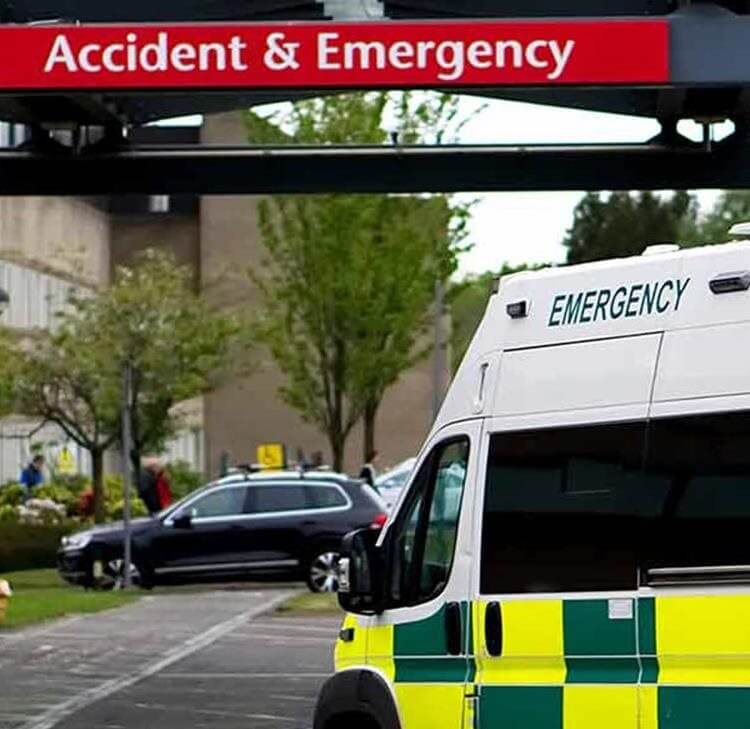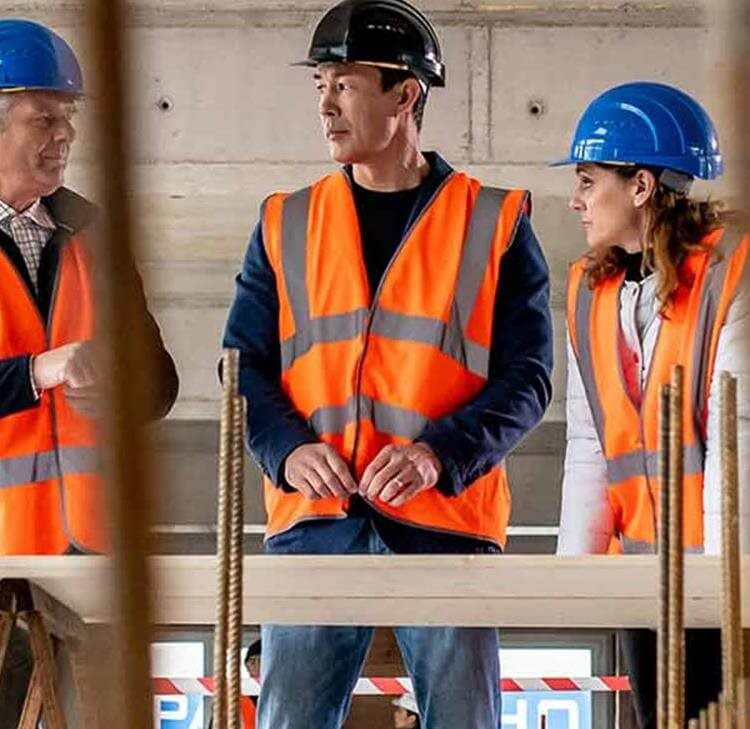Using building contracts to go ‘green’ in health buildings
With the COP26 summit which was held in Glasgow in November 2021 and the increasing global awareness of environmental concerns, the world of construction cannot escape the shift to operating in a more sustainable manner.
With the COP26 summit which was held in Glasgow in November 2021 and the increasing global awareness of environmental concerns, the world of construction cannot escape the shift to operating in a more sustainable manner. This has never been more prevalent than it is in the health sector now. In October 2020 the Government unveiled its commitment to invest £3.7 billion in NHS Trusts for 40 new net zero carbon hospitals by 2030 and a further £850 million investment to upgrade 20 hospitals as part of its green initiative known as the ‘Health Infrastructure Plan’ (the Plan).
The benefits arising from the cash injection upon award of the funding and of going ‘green’ both ethically and financially are clear, however the Plan will require adherence with strict sustainability targets which industry standard building contracts will not help Trusts achieve. However, whilst we are not technical experts on building standards, as lawyers we can help you tailor your building contract to underpin sustainability in order to ensure compliance with the Plan. In this article, we will consider three specific options open to Trusts to explore:
- bespoke drafting;
- the use of Key Performance Indicators (KPIs) focussing on sustainability targets; and
- obligations to achieve a specific BREEAM rating.
Bespoke drafting
The construction agreements typically required in new build projects will always include a building contract. In order to assist in achieving sustainability targets in this type of project, it is prudent to address specific requirements within the building contract itself.
Unfortunately, the precedent drafting in standard form agreements is likely to be limited in its effect and will require tightening up in order to meet Trusts’ specific needs in relation to the Plan. For example, if a Trust opts to contract under the standard JCT Design and Build Contract, 2016 Edition (DB 2016), supplemental provision 8 in Part 2 of Schedule 2 already considers sustainability requirements. This clause states:
"The Contractor is encouraged to suggest economically viable amendments to the Works, which if instructed as a Variation, may result in an improvement in environmental performance in the carrying out of the Works or of the completed Works"
As you may appreciate, “encouraged” places no real legal obligation on the Contractor and in practice, very little financial incentive to proactively suggest such changes if they would result in the removal of elements of agreed Works thereby reducing the amount payable under the ‘Contract Sum’. The drafting here leaves a lot to be desired and this type of provision should be amended to include clear obligations on the Contractor with references to the specific types of amendments to Works that a Trust may be concerned with in relation to the Plan. References to timeframes should also be considered.
Key Performance Indicators (KPIs)
It is not unusual to see KPIs within a building contract, however these would need to be adapted to apply to the sustainability targets which must be met by the Contractor in carrying out the Works on ‘green’ Trust projects.
The NEC suite of documents already include KPI provisions in its secondary option clauses, for example clause X20 of the NEC3 or NEC4 contract. However, as with the JCT standard wording, there are limitations to the drafting in that whilst it incentivises the Contractor via additional remuneration for meeting or exceeding targets, it does not penalise them for failing to meet such KPIs. Clause X20 would need to be enhanced by tailoring it to require compliance with specific sustainability targets and setting out the consequences for the Contractor upon a failure to comply.
BREEAM
Another measurement to consider incorporating into your building contract for green projects are BREEAM (Building Research Establishment (BRE) Environmental Assessment Method) scores. BREEAM allows the environmental performance of a building to be measured and subject to passing its build requirements, the BRE issues one of five scores from ‘Pass’ to ‘Outstanding’.
Devizes Health Centre in Wiltshire is set to be the first building under the NHS green plan that is net zero. It is currently awaiting final-stage design sign-off, seeking an EPC rating of A+ which will go beyond BREEAM's rating of ‘Excellent’. The Devizes Health Centre could become a benchmark for such projects and in order to follow suit, it would be prudent to consider bespoke drafting in your building contract specifically centred around BREEAM. This may be to include clauses obliging the Contractor to ensure the Works achieve a minimum BREEAM level (e.g. ‘Excellent’) and setting out the repercussions for the Contractor should it fail to achieve this, such as an obligation to pay liquidated damages until the Works achieve the desired rating.
In order to achieve an equal balance and incentivise Contractors to achieve such targets, negotiations could be had to include an increase to the Contract Sum subject to achievement of the minimum level.
Conclusion
Construction projects are complex and the focus on sustainability could get pushed aside. However, including tailored obligations within the contractual documents themselves would reduce this risk and ensure recourse should desired targets not be met due to the Works carried out by a Contractor. There are various ways in addressing the risk and the three options discussed above will be a positive step forward.
Please contact Natasha Stay or Martin Cannon in our Construction team if you have any questions or would like to know more about the above options or meeting sustainability targets in your construction suite of contracts.
Contact

Mark Hickson
Head of Business Development
onlineteaminbox@brownejacobson.com
+44 (0)370 270 6000






![Contractual liability for all inclusive treatment: Bartolomucci v Circle Health Group Limited [2025]](/getattachment/95f9533b-f99c-4fcc-b8d5-3f93904b8242/shutterstock_1265400856.jpg?variant=HeroImageTabletVariantDefinition)

































